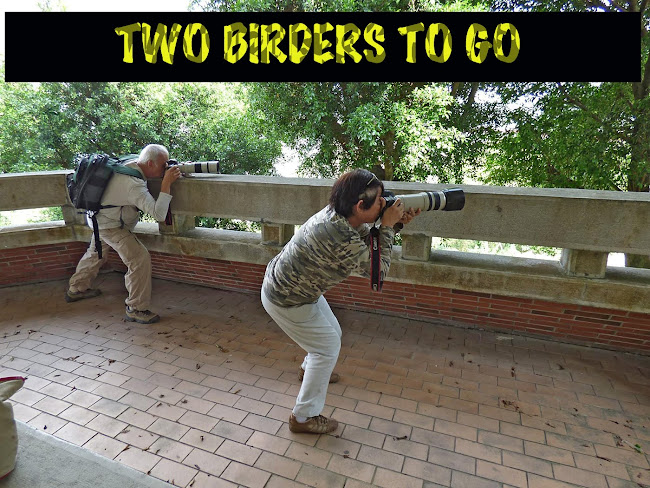Birding Places:
The prime birding area is the Rajah Sikatuna Protected Landscape. Our first two days were spent here. There is an "entrance" fee amounting to P155 per person. Then there is also a birdwatching fee of P500 which is good for 5 persons. It is also required that a bird guide (provided by the park) accompany the birdwatchers. Admittedly birding is not easy and requires a lot of patience and hard trekking. It was also probably because it was already past the nesting season when we arrived in mid-November.
There is an area inside Rajah Sikatuna called Magsaysay Park where guests are allowed to feed the local monkeys. There is also a fee for that activity. Not really our cup of tea. Check out their Facebook page: https://www.facebook.com/pages/Rajah-Sikatuna-Protected-Landscape/579932862134878
Accommodations:
We stayed in two places during our visit to Bohol. The first was at the Loboc River Resort - our home for 3 days, 2 nights and then at the North Zen Villas in Panglao Island.
Loboc River Resort is about halfway from the Panglao airport to Rajah Sikatuna. We were given a "suite" and it was spacious! Access to the cabins is via a boardwalk. Complete with amenities, our "suite" had a bedroom, a livingroom, a kitchen, complete with microwave oven and a refrigerator, and a terrace with a river view. The food at the restaurant was awesome! The staff very friendly. The owner even greeted us personally as we were about to check out. We also saw a lot of birds in the surrounding area. We highly recommend this place. Their website: https://www.lobocriverresort.com/
Tourists usually chose beach resort hotels in Panglao for obvious reasons. We, on the other hand, chose North Zen Villas, because of the mangrove forest within its property. We presumed that such habitat would harbor a number of bird species. Sadly, we only saw a few. That said, the room we got, and the breakfast we had, were excellent. We even got a free 30-minute massage. The staff were also very nice and friendly. Their facebook page: https://www.facebook.com/northzenvillas/

Transportation
Prior to our arrival to Bohol we arranged for us to be picked up from the airport and then proceed to Rajah Sikatuna since our Cebu Pacific flight would be arriving a little before 8 am and the check in time at Loboc River Resort is still at 3 pm. We hired Dean Mike, but it was his father-in-law who came to drive for us. He is also a good bird guide and helped us find birds in Rajah Sikatuna. Their facebook page: https://www.facebook.com/deanmike.stauffer





















































